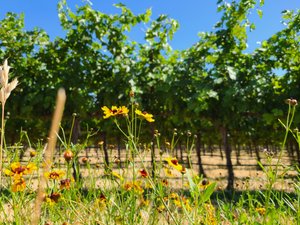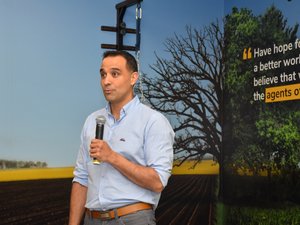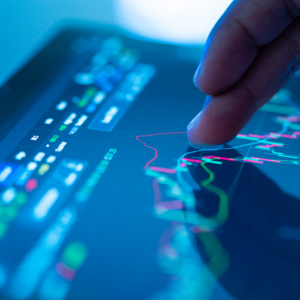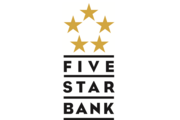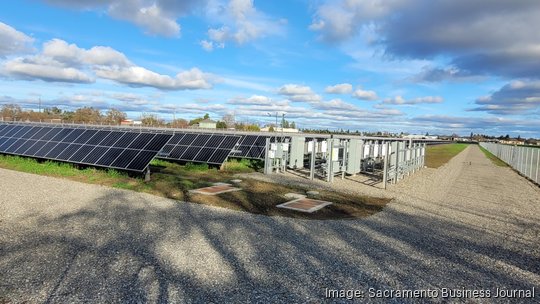
Bayer AG’s vegetable seed research lab just outside Woodland has installed a solar array that satisfies more than two-thirds of the campus’s electric needs.
Using about 10 acres of the site’s 210 acres, the 2.7-megawatt solar array can power 70% of the site’s electric load.
“All this clean power helps Bayer meet its carbon neutrality goals,” said John Schoeb, head of health safety and environmental quality with Enel X, the energy subsidiary of Rome-based Enel Group, which is the designer, builder and operator of the array. It sells Bayer the electricity through a power purchase agreement. Woodland's is the largest solar array of any Bayer facility in the world, the company said.
The Woodland solar farm comes on the heels of Germany-based Bayer installing 1.7 megawatts of solar at its U.S. headquarters in Whippany, New Jersey.
The two solar projects are part of Bayer’s commitment to reach carbon neutrality by 2030. A megawatt is enough to power more than 750 homes.
The Woodland solar panels are dual-sided, so the front face tracks the sun through the day to get the most efficient sunlight, but the back of the panel also collects reflected and ambient light, Schoeb said.
He wouldn’t say what the installation of the system cost.
The solar array stretches into the horizon, with 73 rows of panels and a total of 5,450 solar panels. It took 23,000 hours to build the array, and the construction had no injuries and used local contractors and workers. The construction did have to shut down because of heavy rains last winter that turned the fields into a sticky mess, Schoeb said.
The power project also includes a 1-megawatt energy storage system, which is in the form of two large Tesla Inc. storage systems, which power part of the research station and offices during the night.
The Bayer vegetable research and development headquarters develops seeds for tomatoes, melons, cucumber, watermelon, squash and zucchini, as well as seeds for hot and sweet peppers and sweet corn, said Staci Rosenberger, lead of Bayer Crop Science vegetable seeds in Woodland and San Juan Bautista.
One of the Tesla (Nasdaq: TSLA) batteries is next to the main research building on the east side of campus, but the second battery is quite a distance away, and it powers the east parts of the campus including numerous greenhouses to the south. To get power to the second battery, workers had to install 10 internal lines of conduit nearly 900 feet inside of a larger sunken tube buried 12 feet underground to miss all the existing utilities on the campus.
For the 30-year life of the solar project, wildflowers and flowering cover crops will be planted between rows of panels for aesthetics and as pollinator habitat.
Bayer’s Woodland site started out as Seminis Vegetable Seeds Inc., which built the Woodland operation in 1972. The Monsanto Company bought Seminis in 2005 and in 2013 completed a $31 million expansion, adding a 90,000-square-foot lab. Bayer bought Monsanto in 2018.
The Woodland site has 180 full-time employees, Rosenberger said, and that number can swell by more than 100 people seasonally. About 230 plant breeders, scientists and agronomists from 20 countries regularly work at the Woodland labs.
